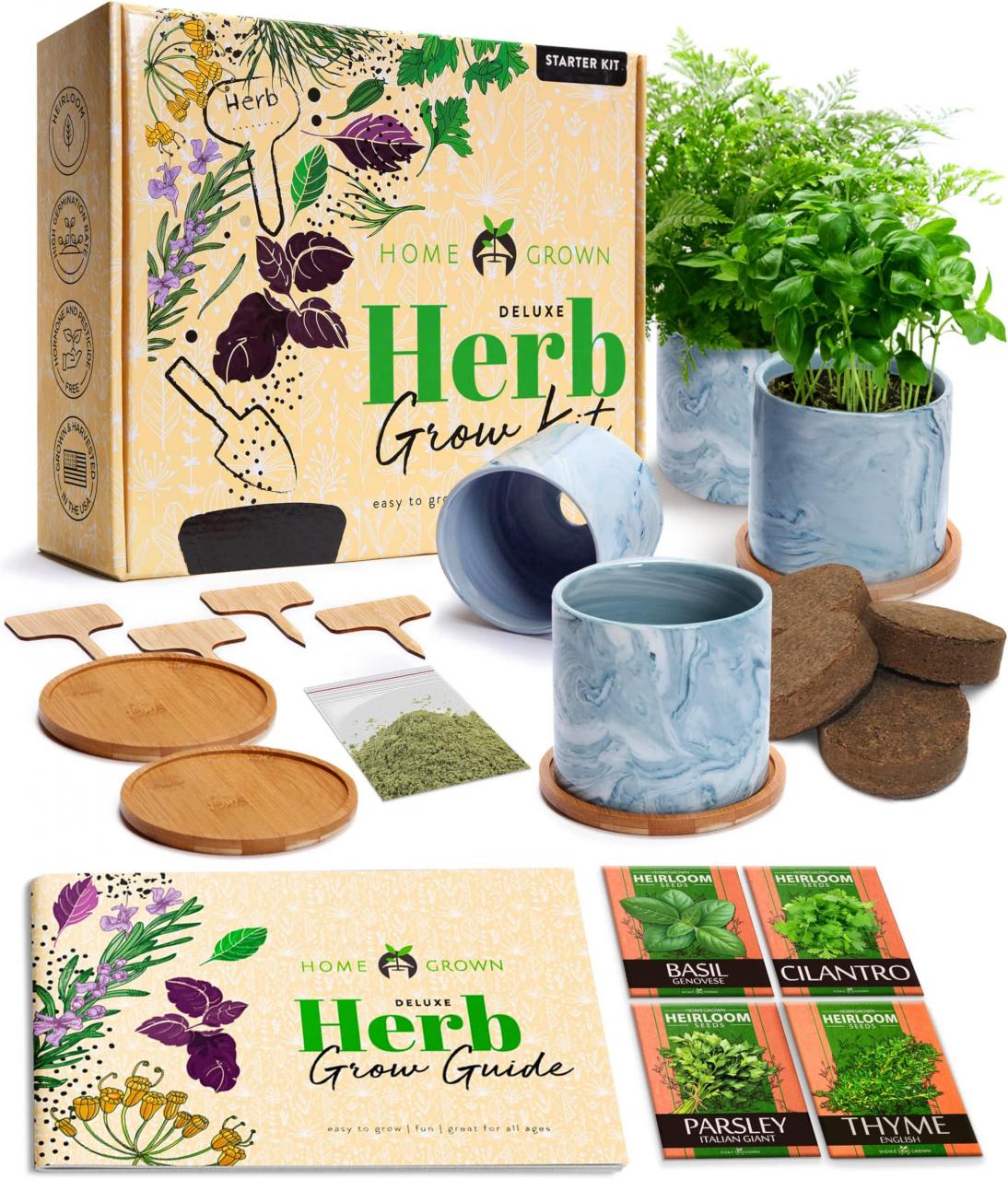Are you tired of buying expensive, wilted herbs from the grocery store? Do you want to enjoy the fresh, flavorful taste of homegrown herbs in your cooking? Starting an indoor herb garden is a simple and rewarding way to have a constant supply of your favorite herbs right at your fingertips. In this guide, we’ll walk you through everything you need to know to get started with your own indoor herb garden, from choosing the right herbs to caring for your plants and harvesting your bounty.
Choosing the Right Herbs for Your Indoor Garden
The first step in starting your indoor herb garden is selecting the herbs you want to grow. Some of the most popular and easy-to-grow herbs for indoor gardens include:
Basil
Mint
Thyme
Rosemary
Oregano
Parsley
Chives
Cilantro
Consider your cooking preferences and choose herbs that you use frequently in your recipes. It’s also a good idea to select a variety of herbs with different growth habits and light requirements to ensure a successful and diverse indoor garden.
Selecting the Right Planter and Soil
Once you’ve chosen your herbs, you’ll need to select the right planter and soil for your indoor garden. Look for planters that are at least 6 inches deep and have drainage holes to prevent waterlogging. Terracotta or ceramic planters are a great choice as they are attractive and help regulate soil moisture.
When it comes to soil, choose a high-quality potting mix specifically formulated for herbs or vegetables. Avoid using garden soil, as it can be too heavy and dense for container gardening. You may also want to consider adding some perlite or vermiculite to improve drainage and aeration.
Providing the Right Amount of Light
Herbs require a good amount of sunlight to thrive, so choose a spot in your home that gets at least 6 hours of direct sunlight per day. If you don’t have a sunny windowsill, you can supplement with a grow light. Position the light about 2-4 inches above the tops of the plants and leave it on for 12-16 hours per day.
Keep an eye on your herbs and adjust the light as needed. If the leaves start to stretch or become pale, move the light closer. If the leaves start to turn yellow or brown, the plants may be getting too much light.
Watering and Feeding Your Herbs
Proper watering is essential for healthy herbs. Check the soil daily and water when the top inch feels dry to the touch. Avoid letting the soil become completely dry, as this can stress the plants and stunt their growth.
Use room-temperature water and water slowly until it begins to drain out the bottom of the pot. Be sure to empty any excess water from the saucer to prevent waterlogging.
To keep your herbs healthy and productive, feed them every two weeks with a balanced, water-soluble fertilizer diluted to half strength. Avoid over-fertilizing, as this can lead to excessive foliage growth at the expense of flavor.
Harvesting and Storing Your Herbs
Once your herbs have grown to a reasonable size, you can start harvesting them. Use sharp scissors or pruners to snip off the leaves or stems, taking care not to remove more than one-third of the plant at a time.
To store your harvested herbs, wrap them in a damp paper towel and place them in a resealable plastic bag in the refrigerator. They should keep for several days. You can also freeze your herbs by chopping them and placing them in ice cube trays filled with water or broth.
Troubleshooting Common Problems
Even with the best care, your indoor herbs may occasionally encounter problems. Here are some common issues and how to address them:

Yellowing leaves: This can be caused by overwatering, underwatering, or nutrient deficiency. Check the soil moisture and adjust your watering schedule accordingly. If the problem persists, consider fertilizing your herbs.
Wilting leaves: This is usually a sign of underwatering. Water your herbs immediately and check the soil moisture more frequently.
Leggy growth: If your herbs are stretching and becoming tall and thin, they may not be getting enough light. Move them to a sunnier spot or supplement with a grow light.
Pests: Aphids, spider mites, and whiteflies can all be a problem for indoor herbs. Check your plants regularly for signs of infestation and treat with an insecticidal soap or neem oil if necessary.
With a little care and attention, your indoor herb garden will provide you with a steady supply of fresh, flavorful herbs all year round. Enjoy experimenting with different recipes and flavor combinations, and savor the satisfaction of growing your own herbs at home.